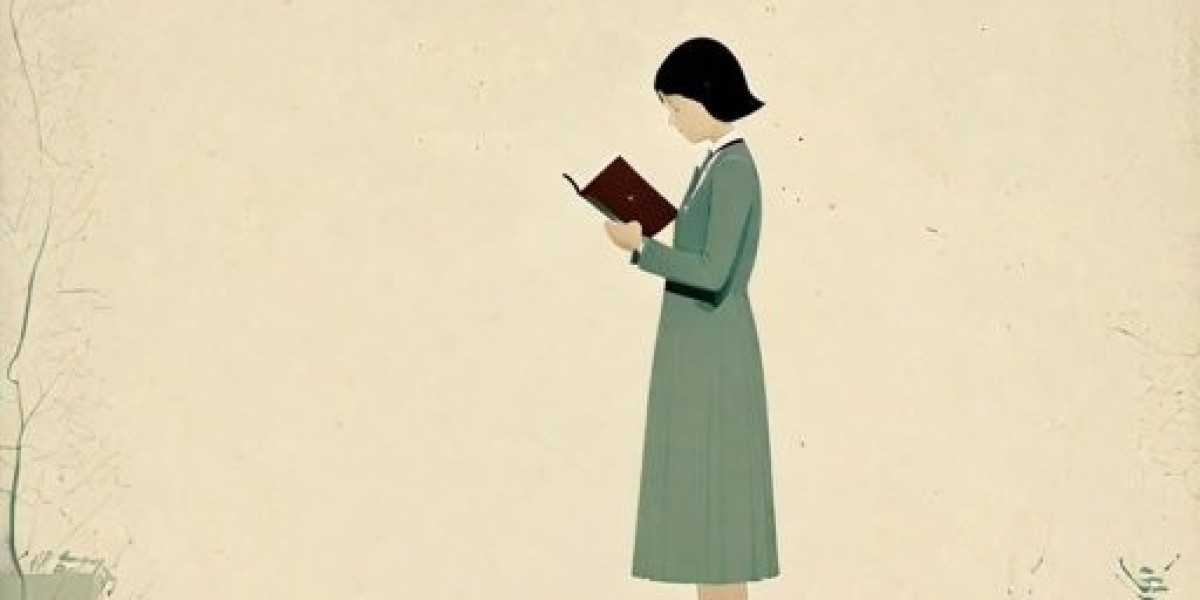Unlock the Secrets of Stunning Studio Lighting for Captivating Photography!
Studio lighting plays a pivotal role in photography, acting as the foundation that can make or break the quality of an image. The right lighting can transform a mundane scene into a breathtaking work of art, while poor lighting can overshadow even the most skilled effort behind the lens. Photographers often face common challenges, such as achieving the perfect balance of light, managing shadows, and creating the desired mood. In this article, we will delve into essential techniques and setups that will enhance your studio light photography, allowing you to unlock your creative potential and produce stunning images.
Understanding Studio Lighting Basics
Studio lighting refers to the use of artificial light sources to illuminate subjects in a controlled environment, typically within a studio setting. The primary role of studio lighting is to enhance the subject's features, create depth, and set the overall mood of the photograph. There are two main types of lighting sources used in studios: continuous lighting and flash lighting. Continuous lights provide a constant light source, allowing photographers to see the effect of lighting in real-time, which is especially useful for beginners. On the other hand, flash lighting produces short bursts of light that can freeze motion and create stunning effects, making it a popular choice for professional photographers. Understanding these two types of lighting sources and their applications is crucial for achieving the desired results in any studio shoot.
Essential Studio Lighting Equipment
To effectively utilize studio lighting, certain essential equipment is necessary. Softboxes are widely used to diffuse light, creating a soft, even illumination that flatters subjects. They help in reducing harsh shadows and eliminating hotspots. Umbrellas are another valuable tool, functioning similarly to softboxes but providing a wider spread of light. Reflectors are also crucial; they bounce light back onto the subject, filling in shadows and enhancing highlights. Additionally, sturdy light stands are necessary to support these lighting instruments, ensuring stability and flexibility during shoots. Each piece of equipment contributes to achieving the desired lighting effects, allowing photographers to manipulate light to their advantage.
Techniques for Effective Lighting Setups
Mastering studio lighting involves understanding various techniques that can dramatically alter the outcome of your photographs. One of the most popular methods is three-point lighting, which involves using a key light to illuminate the subject, a fill light to soften shadows, and a backlight to create depth and separation from the background. This technique is foundational in portrait photography. Additionally, photographers often explore high-key and low-key lighting styles. High-key lighting features bright, even illumination with minimal shadows, perfect for fashion and product photography, while low-key lighting creates dramatic contrasts with deep shadows, ideal for artistic portraits. Some photographers also combine natural light with studio lighting, using windows as a light source to create a more dynamic and layered effect. Experimenting with these setups can lead to stunning results.
Common Lighting Mistakes and How to Avoid Them
Even experienced photographers can fall into common lighting pitfalls when working in a studio setting. One prevalent issue is creating harsh shadows, which can detract from the subject's features. To avoid this, it's essential to position lights at the right angles and use diffusion techniques to soften the light. Overexposure is another challenge, often caused by too much light hitting the sensor. To mitigate this, photographers should adjust their settings or distance from the light source. Additionally, improper light angles can lead to unflattering results. Always aim to position lights at a 45-degree angle to the subject for a more balanced look. By being aware of these common mistakes and employing strategic adjustments, photographers can significantly enhance their lighting setups.
Elevate Your Photography with Mastered Lighting Techniques
In summary, mastering studio lighting techniques is crucial for any photographer aiming to achieve professional-quality images. By understanding the basics of studio lighting, utilizing essential equipment, applying effective lighting techniques, and avoiding common mistakes, photographers can elevate their work and create captivating visuals. Remember, the key to great photography lies not just in technical skill, but also in the ability to manipulate light. So, grab your equipment, experiment with different setups, and continue to learn and grow in your photography journey!







